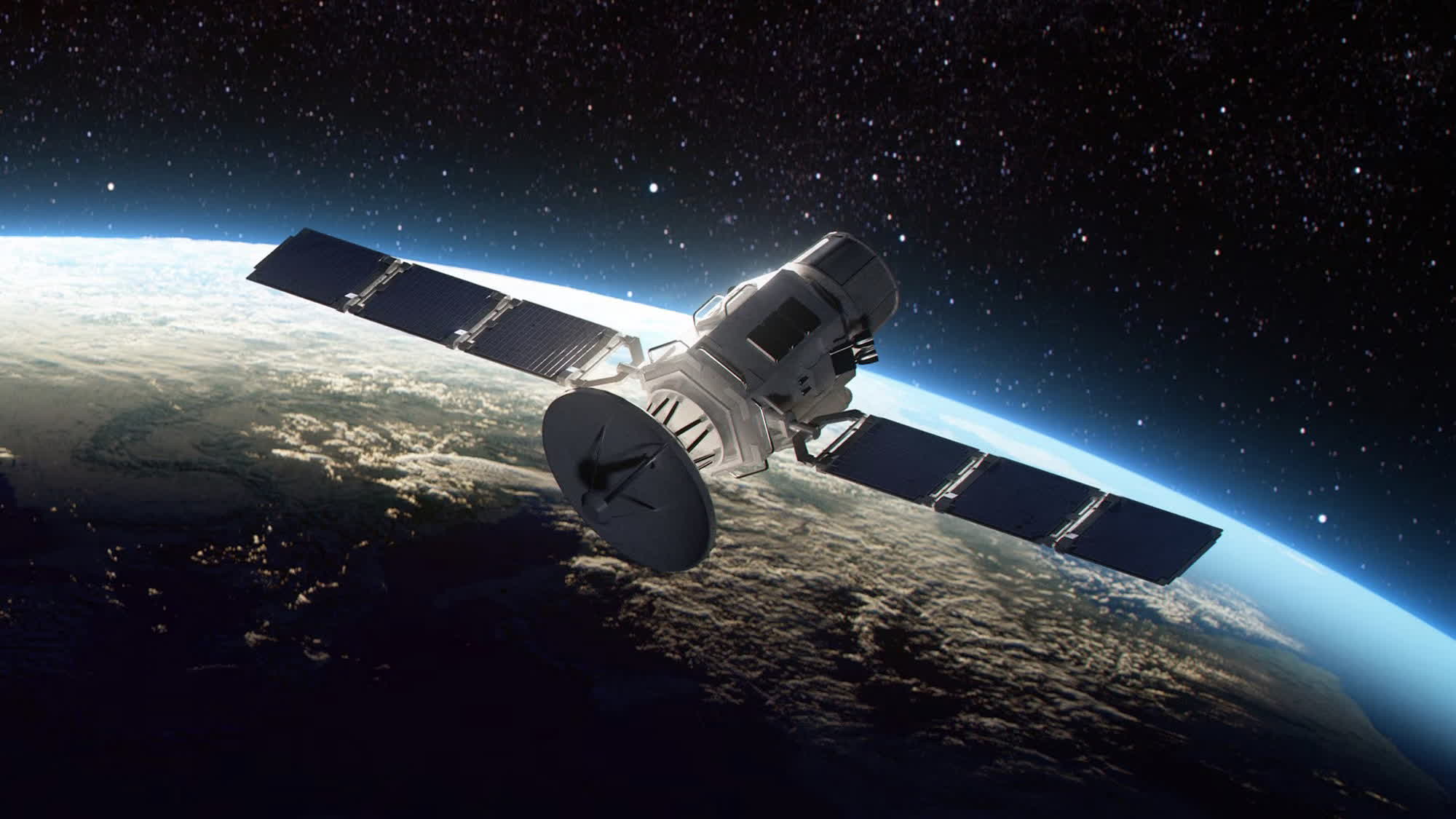Forward-looking: The telecom industry is moving toward satellite connectivity as a full-fledged service rather than a rare, ancillary commodity. GSMA Intelligence's latest analysis describes a world in orbit, with significant business opportunities in the consumer and B2B markets.
Research and consulting firm GSMA Intelligence recently released a report tracking the evolving relationship between the telecom business and satellite connectivity. The traditional perspective is going through a significant market shift as convergence between mobile and satellite networks has become an industry-wide movement rather than a niche strategy.
Ninety-one individual telecom operators worldwide have contracted with satellite companies to provide low-Earth-orbit (LEO) coverage for 5 billion mobile users--60 percent of the global market. Backhaul network and direct-to-device services are the main applications sought by telecom providers, while around 45 percent of the "live or planned" services are about direct-to-cell connectivity.
Most (80-90 percent) of the partnerships focus on extending connectivity in remote or underserved areas of the world. Additional use cases include maritime connectivity, emergency coverage during natural disasters, and more. Over the last 24 months, market operations have focused on technology developments for direct-to-cell solutions, with the latest 3GPP mobile standards integrating non-terrestrial network (NTN) compatibility.

The three leading US cellular networks have signed one or more agreements with different satellite companies. Starlink is the most significant LEO venture by a wide margin, with a "megaconstellation" of 6,000 orbiting satellites already providing their NTN service to global customers. The company recently launched devices supporting direct-to-cell capabilities.
Eutelsat OneWeb is the second largest NTN company, with around 650 satellites in orbit. Other minor companies like AST SpaceMobile are still testing its equipment and network. Likewise, Amazon has been working on Project Kuiper for quite some time.
Not one to be left out, China also wants in on the action. China Aerospace Science and Technology Corporation China Satellite Network Group plans to launch at least 12,000 NTN satellites. Of course, the company is likely supported and controlled by the Beijing communist government, so it will likely be a regional or domestic case for future satellite connectivity.
